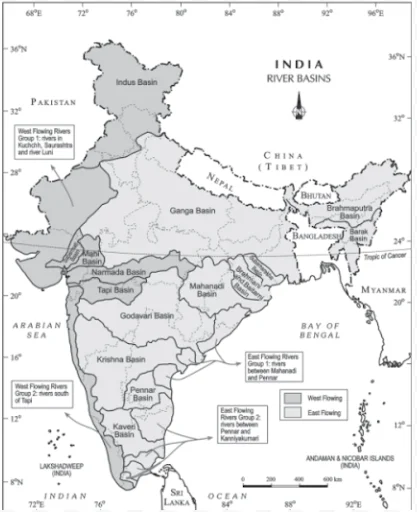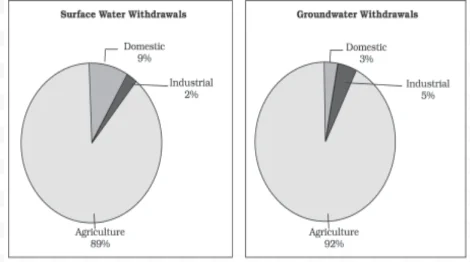![]() 14 Dec 2023
14 Dec 2023
Water is a vital renewable natural resource. The planet Earth is called the ‘water planet’ because 3/4th of the earth’s surface is covered with water. Almost 3.5 billion years ago, life began in the primitive oceans. Even today, the oceans cover 2/3rd of the earth’s surface and support a rich variety of plant and animal life Despite this abundance, it’s essential to recognize the importance of water conservation, especially considering that ocean water is saline and not fit for direct human consumption.
Humans use huge amounts of water not only for drinking and washing but also in the process of production, but also underscore the critical need for Water Conservation.
Water: Some facts and figures Source: The UN World Water Development Report, 2003
Do you know:
According to Falken Mark, a Swedish expert, water stress occurs when water availability is less than 1,000 cubic metre per person per day.


Although, water is generally brackish in these water-bodies, it is used for fishing and irrigating certain varieties of paddy crops, coconut, etc, emphasizing the need for careful and sustainable water use in coastal areas through water conservation initiatives.

Conclusion
In conclusion, prioritizing water conservation is paramount to sustain India’s growing demands. Implementing efficient irrigation practices, safeguarding groundwater quality, and integrating water conservation strategies are vital steps towards ensuring a resilient and equitable water future for all.
Also Read: Water Conservation: Preservation, management & Public Awareness
<div class="new-fform">
</div>